[IMPORTANT: Make this 4 times longer with much more detail]
Analysis In Washington, Trump and Modi Could Build on Rapport The two leaders’ bonhomie will continue if the Indian prime minister makes accommodations on trade and illegal immigration. Ganguly-Sumit-foreign-policy-columnist8 Sumit Ganguly By Sumit Ganguly , a columnist at Foreign Policy and a senior fellow at Stanford University’s Hoover Institution. Trump and Modi are seen from behind as they walk beside each other, both wearing formal clothing. Trump has his hand on the back of Modi’s shoulder as they walk. Indian Prime Minister Narendra Modi and U.S. President Donald Trump leave after attending the “Namaste Trump” rally in Motera, India, on Feb. 24, 2020. Money Sharma/AFP via Getty Images My FP: Follow topics and authors to get straight to what you like. Exclusively for FP subscribers. Subscribe Now | Log In Foreign & Public Diplomacy Politics United States India Sumit Ganguly February 7, 2025, 11:45 AM Comment icon View Comments ( 1 ) On the campaign trail last year, U.S. President Donald Trump referred to India as a “ big abuser ” of trade ties, despite the bonhomie that he seemed to enjoy with Indian Prime Minister Narendra Modi during his first term. So it’s hardly surprising that in his first phone call with Modi since returning to office, Trump brought up the issue of the U.S. trade deficit with India, which stands at around $32 billion. When asked by a reporter about undocumented Indian immigrants in the United States, Trump said that Modi agreed to do “ what is right .” Though the White House characterized the phone call as “productive,” the only positive note that emerged from the readout was that Trump invited Modi to Washington. The Indian leader will meet with Trump at the White House next week. On the campaign trail last year, U.S. President Donald Trump referred to India as a “ big abuser ” of trade ties, despite the bonhomie that he seemed to enjoy with Indian Prime Minister Narendra Modi during his first term. So it’s hardly surprising that in his first phone call with Modi since returning to office, Trump brought up the issue of the U.S. trade deficit with India, which stands at around $32 billion. When asked by a reporter about undocumented Indian immigrants in the United States, Trump said that Modi agreed to do “ what is right .” Though the White House characterized the phone call as “productive,” the only positive note that emerged from the readout was that Trump invited Modi to Washington. The Indian leader will meet with Trump at the White House next week. There, Modi will almost certainly make some concessions on two vexed issues: trade and illegal immigration. India already said it would overhaul its tariff regime last week. Modi might announce additional weapons purchases from the United States while in Washington, mostly to appease Trump, who has pushed for increased weapons sales . (Trump, in turn, could push Modi to ascertain where New Delhi stands on Beijing’s growing assertiveness across Asia.) Cooperation on illegal immigration could come up at next week’s meeting, too. On his own recent visit to Washington, Indian Minister of External Affairs S. Jaishankar signaled willingness to accept the return of Indian deportees from the United States. A deportation flight from the United States with at least 100 people on board landed in India on Feb. 5; reports that deportees were mistreated drew criticism within India ahead of Modi’s trip. Trade with the United States and immigration are already on the minds of many Indians. Immigration especially has taken on added significance; a substantial number of Indian undocumented immigrants who arrive in the United States hail from Modi’s home state of Gujarat. Despite growing prosperity in the state, wealth is largely concentrated in the hands of a few. Facing high unemployment, many young people rely on dubious means to enter the United States in search of a better life. Both issues came up during Trump’s first term, but the two sides managed to contain them without much public acrimony. Modi and Trump enjoyed highly publicized visits to each other’s countries accompanied by much fanfare . Neither visit, however, concluded in major material accomplishments . Still, cooperation in other areas proceeded apace under the first Trump administration. India and the United States reached a significant number of defense deals, mostly stemming from a single and largely unstated source: a shared belief that China increasingly constitutes a threat to both countries’ strategic interests in the Indo-Pacific. At least three different bilateral defense cooperation agreements, which had been under discussion for some time, all came to fruition in Trump’s first term. After former U.S. President Joe Biden assumed office in 2020, he was slow in getting off the blocks with India, even though the relationship enjoyed bipartisan support. Among other matters, it took more than two years for the Biden administration to appoint an ambassador to India, to New Delhi’s considerable dismay. Admittedly, Republican foot-dragging in the Senate stymied the process, but the absence of an ambassador on the ground exacted a price on the relationship. Last year, the U.S. Justice Department charged an Indian national in a failed assassination plot against a Sikh separatist in New York; the indictment attributed the plan to high officials in New Delhi. Though the Biden administration handled the case with discretion and professionalism, it nonetheless took a toll on the bilateral relationship. Unless India authorizes another such feckless venture, the Trump administration is likely to set aside this episode and not dwell on it. The Biden administration managed to regain some lost ground with India in its waning days. Among other matters, it signed an important technology agreement, the Initiative on Critical and Emerging Technology (iCET), to promote economic and technological cooperation. Given Trump’s tendency to not give any credit to the prior administration, he might continue this program under a different name. As Trump settles into office, the U.S.-India relationship is on more secure footing than it has been in decades, despite his approach to both tariffs and illegal immigration. This is largely because—with a few exceptions—bilateral ties with India remain a bipartisan issue, even with political polarization in the United States. Administrations of very different persuasions have worked to bolster the U.S.-India strategic partnership. Read More U.S. President Donald Trump and Indian Prime Minister Narendra Modi arrive for a joint press conference at Hyderabad House in New Delhi on Feb. 25, 2020. It’s Time for a U.S.-India Trade Deal This time around, Modi and Trump should seize the opportunity to strike a substantial bilateral agreement. Argument | Kenneth I. Juster , Mark Linscott Mexican President Claudia Sheinbaum speaks during her daily press conference at the National Palace in Mexico City on Feb. 3. Trump’s Brinkmanship Is Changing Mexico Claudia Sheinbaum emerged victorious from the week’s tariff tussle, but her assumptions about the United States are shaken. Latin America Brief | Catherine Osborn On the Indian side, it is widely believed that Jaishankar is an advocate for better U.S.-India ties. U.S. Secretary of State Marco Rubio’s first meeting with a foreign dignitary was with Jaishankar. Afterward, the Indian official said that he was optimistic about the partnership’s future. While he was in the Senate, Rubio introduced a bill that would place India on par with several U.S. allies for defense cooperation; it didn’t make it through Congress, but the bill’s underlying intent is an important clue to the significance that the new secretary of state attaches to India. Despite New Delhi and Washington’s institutional links in the security realm, an expansion in trade, and the high-level diplomatic ties that have developed in the last few decades, the bilateral relationship could still encounter troubled waters. Trump, as is his wont, can set aside all these factors, disregard professional advice, and even dispense with personal rapport with another world leader if he is convinced that any of his key concerns are not being addressed. Sign up for Editors’ Picks A curated selection of FP’s must-read stories. Sign Up By submitting your email, you agree to the Privacy Policy and Terms of Use and to receive email correspondence from us. You may opt out at any time. Enter your email Sign Up ✓ Signed Up You’re on the list! More ways to stay updated on global news: FP Live Enter your email Sign Up ✓ Signed Up World Brief Enter your email Sign Up ✓ Signed Up China Brief Enter your email Sign Up ✓ Signed Up South Asia Brief Enter your email Sign Up ✓ Signed Up Situation Report Enter your email Sign Up ✓ Signed Up View All Newsletters Given the sheer importance that Trump has attached to trade imbalances and his idée fixe with illegal (and even legal) immigration, the political leadership in New Delhi will have to hone all the diplomatic skills at its command to deal with the mercurial preferences of the U.S. president as he settles into his second term. Sumit Ganguly is a columnist at Foreign Policy and a senior fellow at Stanford University’s Hoover Institution, where he directs the Huntington Program on Strengthening U.S.-India Relations. Read More On Donald Trump | Foreign & Public Diplomacy | India | Migration and Immigration | Narendra Modi | Politics | Trade Policy & Agreements | United States Join the Conversation Commenting on this and other recent articles is just one benefit of a Foreign Policy subscription. Already a subscriber? Log In . Subscribe Subscribe View 1 Comments Join the Conversation Join the conversation on this and other recent Foreign Policy articles when you subscribe now. Subscribe Subscribe Not your account? Log out View 1 Comments Join the Conversation Please follow our comment guidelines , stay on topic, and be civil, courteous, and respectful of others’ beliefs. You are commenting as . Change your username | Log out Change your username: Username I agree to abide by FP’s comment guidelines . (Required) Confirm CANCEL Confirm your username to get started. The default username below has been generated using the first name and last initial on your FP subscriber account. Usernames may be updated at any time and must not contain inappropriate or offensive language. Username I agree to abide by FP’s comment guidelines . (Required) Confirm


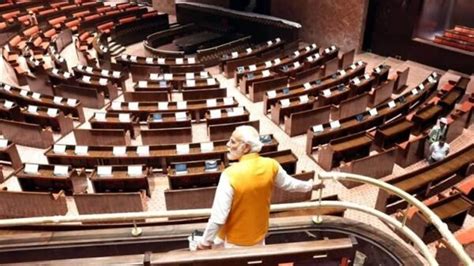
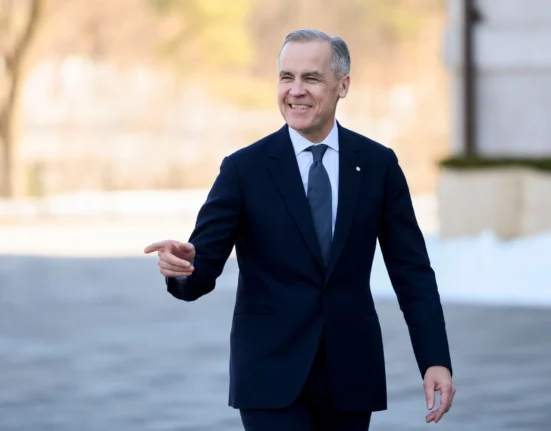
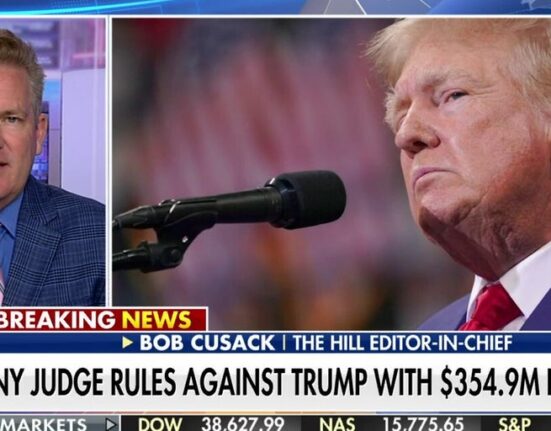

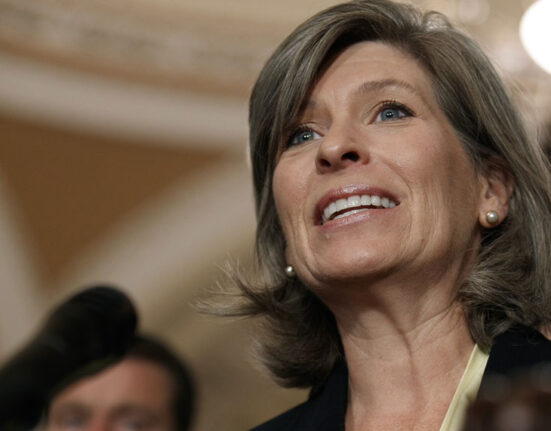
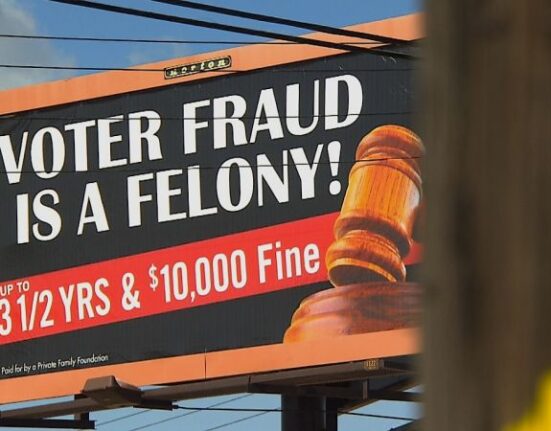
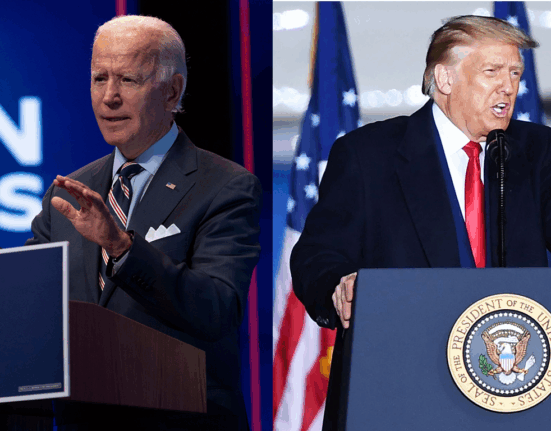
Leave feedback about this